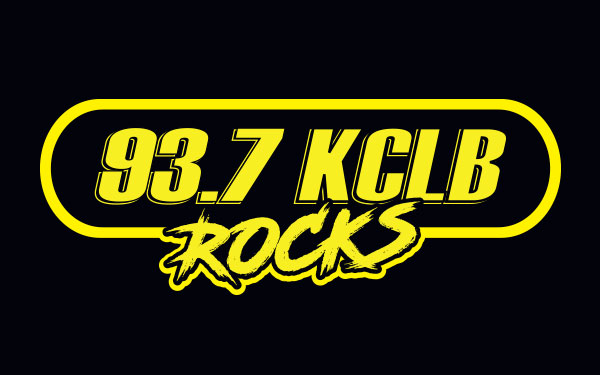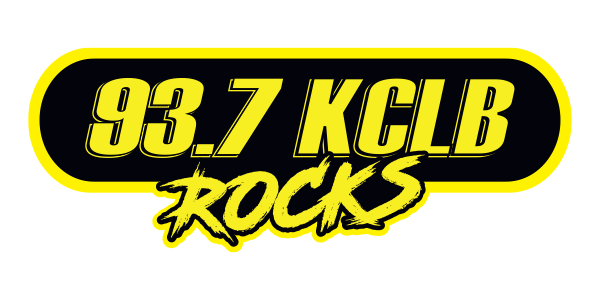Curfew Starting Saturday

With COVID-19 cases increasing across California, Governor Gavin Newsom is mandating an overnight curfew.
It begins at 10 p-m on Saturday November 21st 2020 and goes 5 a-m on Monday December 21st, and applies to all activities the government has deemed “non-essential”.
Anything you might consider to be fun or enjoyable will be off-limits if it involves going somewhere or being around other people.
It’s being called a `limited Stay At Home Order’, and it applies to all counties in the most restrictive `Purple’ Tier’ of California’s 4-color coded tier ranking system.
Riverside county is in the Purple Tier considered to have widespread risk of Covid-19 spread.
In Fact, every county from Monterey County down to San Diego County, is in the Purple Tier. 41 of California’s 58 counties are stuck in the Purple Tier.
“The virus is spreading at a pace we haven’t seen since the start of this pandemic and the next several days and weeks will be critical to stop the surge,” Newsom said in a statement. “We are sounding the alarm. It is crucial that we act to decrease transmission and slow hospitalizations before the death count surges. We’ve done it before and we must do it again.’
According to the governor’s office, late night and overnight activities overnight “are often non-essential and more likely related to social activities and gatherings that have a higher likelihood of leading to reduced inhibition and reduced likelihood for adherence to safety measures like wearing a face covering and maintaining physical distance.”
Dr. Mark Ghaly, the state’s Health and Human Services secretary, says California is starting to experience the wave of cases that have affected other parts of the nation.
“We too are seeing this surge grow faster and faster and we must address it immediately” he said.
Ghaly said the order is not a hard curfew, indicating that people can still go outside to walk their dog at 11 p.m. if that is their normal routine.
He said the idea is to cut off activities and gatherings of people that can promote virus spread.
He said there is no definitive cause for the state’s sudden surge in cases. “There is no single culprit,” Ghaly said. “It’s a combination of factors. It’s certainly the colder weather, more people mixing, which comes with more opening. … And of course greater travel. We’ve enjoyed some events over the last many weeks — in my home county of Los Angeles, the Dodgers, the Lakers.
We had Halloween. We just exited Veterans Day. We’re looking forward to other future events and activities as we go into the winter.
“We’ve had some things to celebrate, some things to protest, coming together in ways that we don’t usually always do,” Ghaly said. “All of those things create opportunities for the virus to spread, opportunities where when we’ve put our guard down it certainly does spread. And we know that those are factors driving this high transmission.”
Governor Newsom said daily cases numbers in the state “have doubled just in the last 10 days. This is simply the fastest increase California has seen since the beginning of this pandemic.”
Newsom noted that the biggest increase the state had seen previously was in mid-June, when California had a 39.2% increase in new cases in one week.
At the start of November, the state saw a 51.3% increase in a one-week period, he said.
He called it an “increase simply without precedent in California’s pandemic history.”
Photo: Sorry, We’re Closed sign. Photo by Alpha Media USA Portland OR


